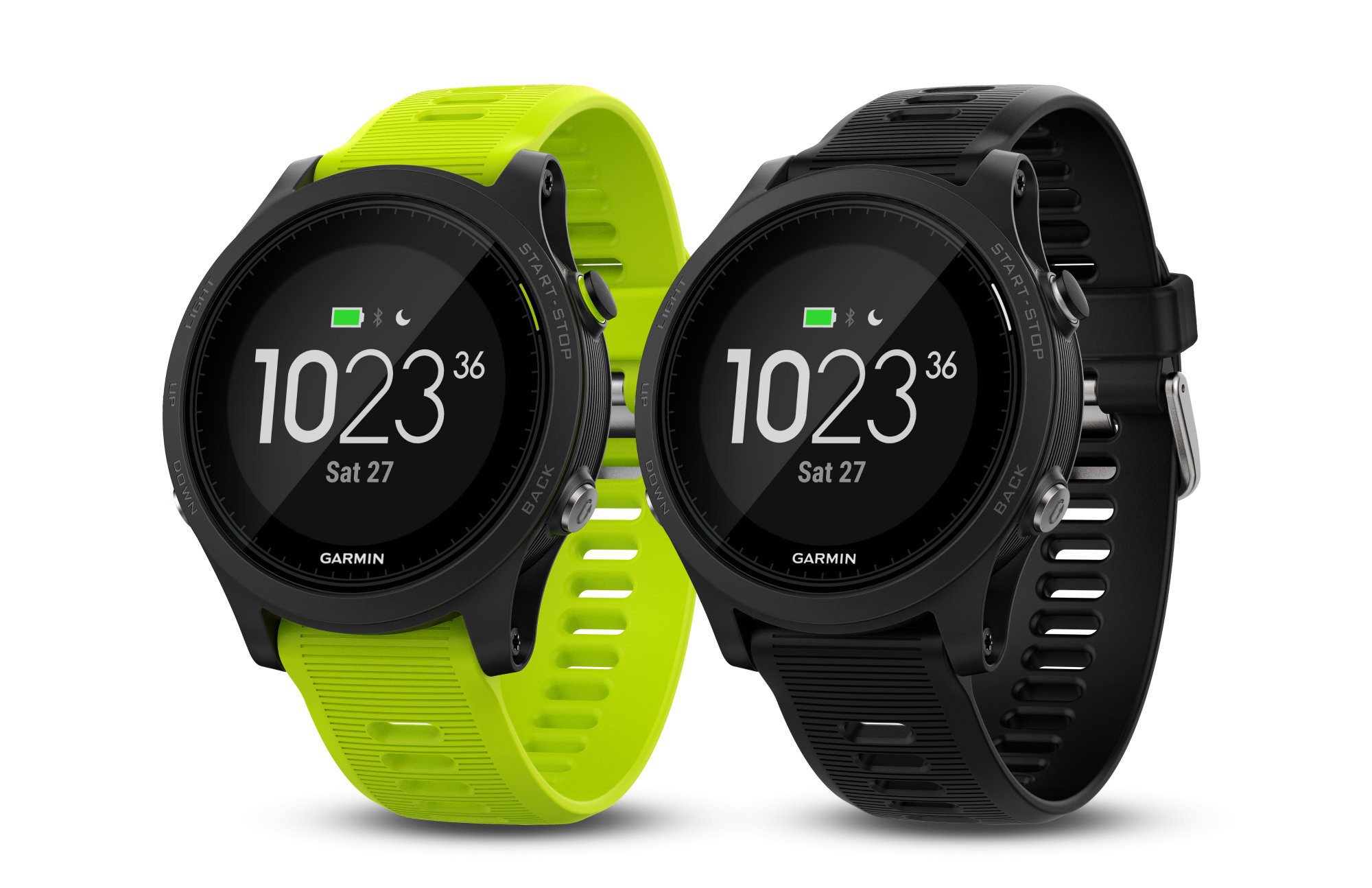 Maps. Everyone loves 'em. But while plenty of companies are showing off some very fancy map updates, we're still being left somewhere, staring at tall buildings, waiting for our location to update and lead the way. Garmin reckons it's solved the problem with its first GPS and GLONASS-compatible receiver, which can connect to both iOS and Android devices. Initial lock-on times are apparently 20 percent faster than typical GPS, while GLONASS' additional 24 satellites will make faring through canyons and urban sprawls less of a struggle for signal pick-up. Garmin has also upped its position refresh rate to 10 times per second: typical GPS receivers will update just once every second. It connects to devices through Bluetooth and will offer a 12-hour navigation boost on a single charge.
Maps. Everyone loves 'em. But while plenty of companies are showing off some very fancy map updates, we're still being left somewhere, staring at tall buildings, waiting for our location to update and lead the way. Garmin reckons it's solved the problem with its first GPS and GLONASS-compatible receiver, which can connect to both iOS and Android devices. Initial lock-on times are apparently 20 percent faster than typical GPS, while GLONASS' additional 24 satellites will make faring through canyons and urban sprawls less of a struggle for signal pick-up. Garmin has also upped its position refresh rate to 10 times per second: typical GPS receivers will update just once every second. It connects to devices through Bluetooth and will offer a 12-hour navigation boost on a single charge.
If you're a pilot, there's even a GLO for Aviation package, which throws in a mount, power cable and six-month trial for its Pilot navi app. The standard receiver will launch in August, priced at $99, while those with wings can skip the queue and nab their version now for $139.
Continue reading Garmin GLO Portable GPS and GLONASS receiver: location refresh rate 10 times faster than typical GPS
Filed under: GPS
Garmin GLO Portable GPS and GLONASS receiver: location refresh rate 10 times faster than typical GPS originally appeared on Engadget on Thu, 12 Jul 2012 01:54:00 EDT. Please see our terms for use of feeds.
Permalink | |
Email this |
Comments
 Two months after updating its Fenix line of multisport fitness watches at CES, Garmin revealed its latest GPS-enabled timepiece, the Forerunner 935. However, unlike the Fenix family, which was designed more for general outdoor adventuring, this new t...
Two months after updating its Fenix line of multisport fitness watches at CES, Garmin revealed its latest GPS-enabled timepiece, the Forerunner 935. However, unlike the Fenix family, which was designed more for general outdoor adventuring, this new t...
 Two months after updating its Fenix line of multisport fitness watches at CES, Garmin revealed its latest GPS-enabled timepiece, the Forerunner 935. However, unlike the Fenix family, which was designed more for general outdoor adventuring, this new t...
Two months after updating its Fenix line of multisport fitness watches at CES, Garmin revealed its latest GPS-enabled timepiece, the Forerunner 935. However, unlike the Fenix family, which was designed more for general outdoor adventuring, this new t...




















